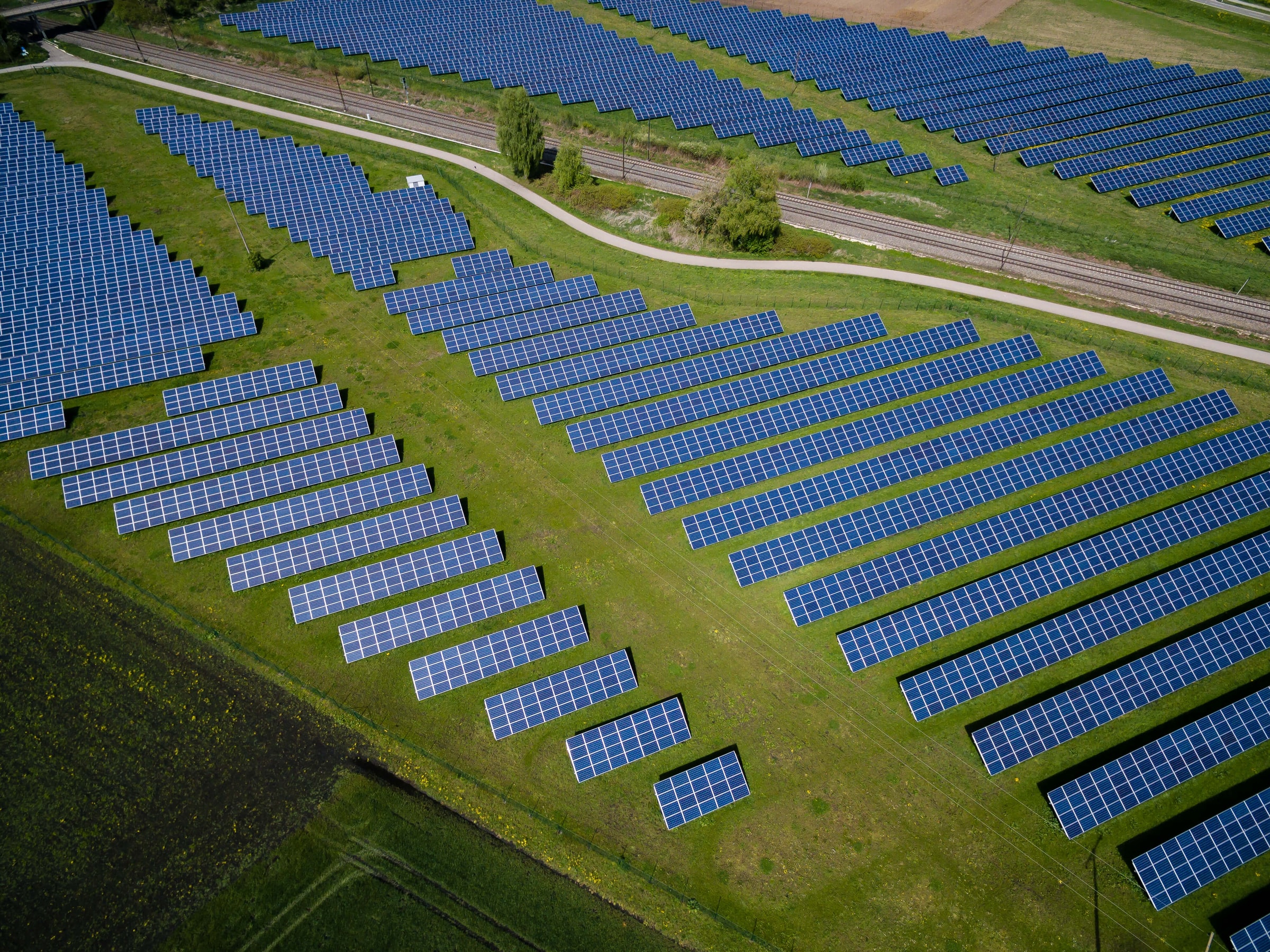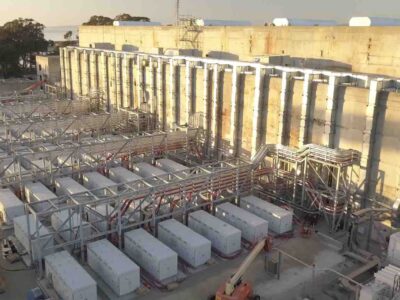Bonds tied to environmental, social, and governance (ESG) initiatives continue to take up a larger slice of the overall bond pie, with the total ESG debt market nearly doubling to $608.8 billion last year from $326 billion in 2019. Just less than half of that total came from green bonds, which are typically used to fund projects that help mitigate the effects of climate change.
Only a small slice – $8.78 billion – came from sustainability-linked bonds, or SLBs, which are among the newer kids on the ESG bond block. But that percentage is expected to grow rapidly in coming years as more companies and investors discover the advantage of SLBs over other financing instruments.
The main advantage of SLBs is that they provide more flexibility than other bonds. Unlike traditional green and social bonds, SLBs have no restrictions on how the proceeds can be used.
The funds raised through SLBs aren’t earmarked any for specific ESG purposes. Instead, they go toward general corporate purposes and typically focus on incorporating sustainability key performance indicators and sustainable performance targets into the bonds’ financial and/or structural characteristics, according to Herbert Smith Freehills, a London-based financial services firm.
In that respect, SLBs are different from regular sustainability bonds. With the latter, proceeds are exclusively applied to finance or re-finance a combination of both green and social projects, usually in line with the ICMA Sustainability Bond Guidelines of June 2018. SLBs don’t have that restriction.
The upshot is that SLBs are available to issuers that seek sustainable financing but don’t have enough capital or capacity to issue other types of green or social bonds.
The Italian energy group Enel SpA was the first company to dip its toe into the SLB market when it issued a $1.5 billion five-year bond in September 2019. That bond had a 2.65 percent annual coupon if Enel reached a target of 55% renewable energy installed capacity by 2021. Otherwise, the coupon would increase by 25 basis points until the bond matures.
Since then, a wide range of companies has issued sustainability-linked bonds – including a growing number of industrial and materials firms, which are “far more prominent” in the SLB market than in green bonds, according to S&P Global Ratings research published in April.
Geographically, SLBs tend to be pretty heavily concentrated in Europe, Middle East, and Africa (EMEA) region. Last year, 84 percent of sustainability-linked bonds were issued in the EMEA. But that’s changing. As of early, the EMEA’s percentage of SLBs for 2021 had fallen to less than 70 percent, with Asia and North America making the biggest strides.
Interest in SLBs is also rising on the investor side. Demand continues to outpace supply in an environment where more investors are interested in company-level sustainability performance rather than just the use of proceeds, said Matthias Dax, an analyst in UniCredit’s financials credit research team.
Among the more recent entries into the SLB market is Canadian midstream giant Enbridge, which developed a framework for issuing SLBs in June. Enbridge’s move came amid a broader trend by oil and gas companies to add more accountability to their energy transition goals.
The Calgary, Alberta-based company published a series of targets it will need to meet to capture agreed-to interest rates on future sustainability-linked bonds. If Enbridge falls short of meeting those targets, its borrowing rates will rise by a set amount dictated by the debt’s terms.
Enbridge’s framework features both emissions and employee diversity targets, including the following:
- Progress on reducing its operational greenhouse gas (GHG) emissions intensity by 35% by 2030
- Achieving 28% representation of racial and ethnic groups in its workforce by 2025
- Achieving 40% gender diversity by 2025
- Achieving 40% representation of women on its board of directors by 2025
The move by Enbridge followed similar initiatives by energy companies such as Spain’s Repsol, France’s TotalEnergies, and Italy’s Eni.





